Optim ization design of lifting mechanism of baggage carrier based on ADAMS
Jian-shu GAO,Xiao-ning FENG
(1 Civil Aviation University of China,School of Airport,Tianjin 300300,China)
(2 Civil Aviation University of China,School of Aviation Engineering,Tianjin 300300,China)
Abstract:Taking the liftingmechanism of a certain type of airport luggage transport vehicle as the research object,the front lifting form is changed from the traditional direct push type to the oil cylinder float&drawbar assembling liftingmechanism.After the new lifting structure is adopted,themaximum lifting force of the hydraulic cylinder is reduced by 21.3%,with obvious structural advantages.The position of the hinge point of the former lifting part is the optimization object.A parametricmodelwas established,and themaximum thrust of the hydraulic cylinder was taken as the optimization object.The optimal value of each hinge position was obtained,which was 28.1%lower than themaximum thrustbefore optimization,the optimization effectwas obvious.It can provide reference for actual optimization design.
Key words:Civil aviation luggage transfer vehicle,Liftingmechanism,ADAMS,Optimization
Aircraft luggage transport vehicle is a special airport security vehicle that can load and unload passengers’luggage and small cargo between the ground and the cargo compartment of the aircraft.Luggage transport vehicle is a special vehicle thatmustbe equipped with at least4E,4D and 4C(inclusive)flight zone levels.The lifting mechanism is an important component of the luggage transport vehicle.When loading and unloading cargo with the cargo compartment of the aircraft,the lifting mechanism itself bears a large load,and the structure itself occupies a certain weight and space[1],which is directly related to the performance and the overall arrangement of the vehicle[2].The oil cylinder float&drawbar assembling liftingmechanism has the advantages of reasonable stress on the rod,compact structure,smooth rotation during lifting,good lateral rigidity,good lifting stability,high mechanical efficiency,and good stress on the conveyor belt frame,large lifting angle through short oil cylinder stroke,labor saving,etc.It is recognized as an excellent lifting mechanism.Reasonable optimization design based on this liftingmechanism can idealize the working oil pressure of the oil cylinder,i.e.themaximum lifting force in the lifting process is reduced,thus effectively avoiding the impact on the hydraulic oil cylinder,reducing the failure rate,improving the lifting performance and the service life of the components,and reducing the cost of hydraulic devices.
1 Three-dim ensional m odel of lifting m echanism of luggage conveyor
The front lifting of the luggage transfer vehicle adopts the oil cylinder float&drawbar assembling lifting mechanism which consists of lifting triangular arms,hydraulic cylinder,connecting rods,hinged pin shafts and other parts,wherein the number of connecting rods is two,as shown in Fig.1,the two-dimen-sional and three-dimensional diagrams of the triangle are in the form that two triangular plates are symmetrically distributed,themiddle ofwhich is connected by connecting columns,and the articulated object of the articulated point of the triangular arm is that point c is fixed with the frame;point a is connected with the pull rod;Point b of that connected column is connected with the low fulcrum of the hydraulic oil cylinder;The connected column is connected with that low fulcrum of the hydraulic oil cylinder.The other fulcrum of the connecting rod and the upper fulcrum of the hydraulic oil cylinder is fixed at the lower part of the conveyor belt frame,and the oil cylindermoves in a plane along with the triangular arm and the conveyor belt frame.Due to the minor size of the rear lifting arm,the limited installation position of the hydraulic cylinder,and the small movement range of the rear end of the luggage conveyor frame(the height of the rear end from the ground is notmore than 760 mm),the optimization effect is not obvious,so the rear lifting adopts the traditional direct push type lifting mechanism and has the advantages of simple structure and stable operation under the condition of meeting the working requirements.This design optimization is mainly aimed at the front lifting part,and the rear lifting part is not optimized and analyzed.This design uses the three-dimensional drawing software CREO to draw the three-dimensional model.The three-dimensionalmodel of the luggage transfer vehicle is shown in Fig.2.

Fig.1 The two and three-dimensionaI figures of the Iifting triang Ie arm
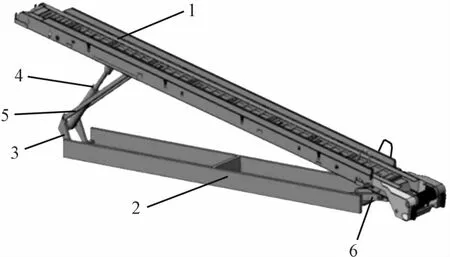
Fig.2 Three-dim ensiona Im odeIof Iuggage transfer vehic Ie
2 Param etric m odeling of lifting m echanism of luggage conveyor
Parameterized modeling based on ADAMS is to use the parameterized function provided by ADAMS to set the position parameters of each component in the liftingmechanism as changeable variables[3].Bymodifying the values of design variables,themodel can be modified indirectly,so that new models and different design schemes can be easily obtained.It is not necessary to rebuild the model,thus saving an army of time and energy.Optimal design is to determine the degree of influence of design variables on the performance of the model and the value of design variables under the premise ofmeeting the work requirements,so the system performance index of the model can reach the optimal[4],so parametric modeling is the premise of optimal analysis.
The essence of optimal design is to obtain the optimal arrangement position of each component,accordingly the parameters of the parametric model are the position coordinates of each hinge point.The dimension of each component and the position information of each hinge point are obtained bymeasuring the established three-dimensional model,taking the center of mass of the conveyor frame as the origin O(0,0),the initial position coordinates of the hinge pointof the front lifting part is obtained as shown in table 1.
As the mass of the triangle,hydraulic cylinder,connecting rod and other components in each component is fairly different from that of the conveyor belt frame,which has little influence on the lifting force,themass is ignored and solely the conveyor belt frame is defined.Additionally,each hinge point is regarded as a rigid element and the friction force of each hinge point is ignored[5].The length of the front and rear hydraulic cylinders and the angle of the MARKER point is parameterized.Therefore,when the model is optimized,the initial posture of the front and rear hydraulic cylinderswill changewith the change of design variables.The earth is regarded as the chassis of the transport vehicle,and the connection relation of each component is shown in Table 2.Through the above data and the connection relation,ADAMS parametric model of the transfer vehicle is obtained,as shown in Fig.3.
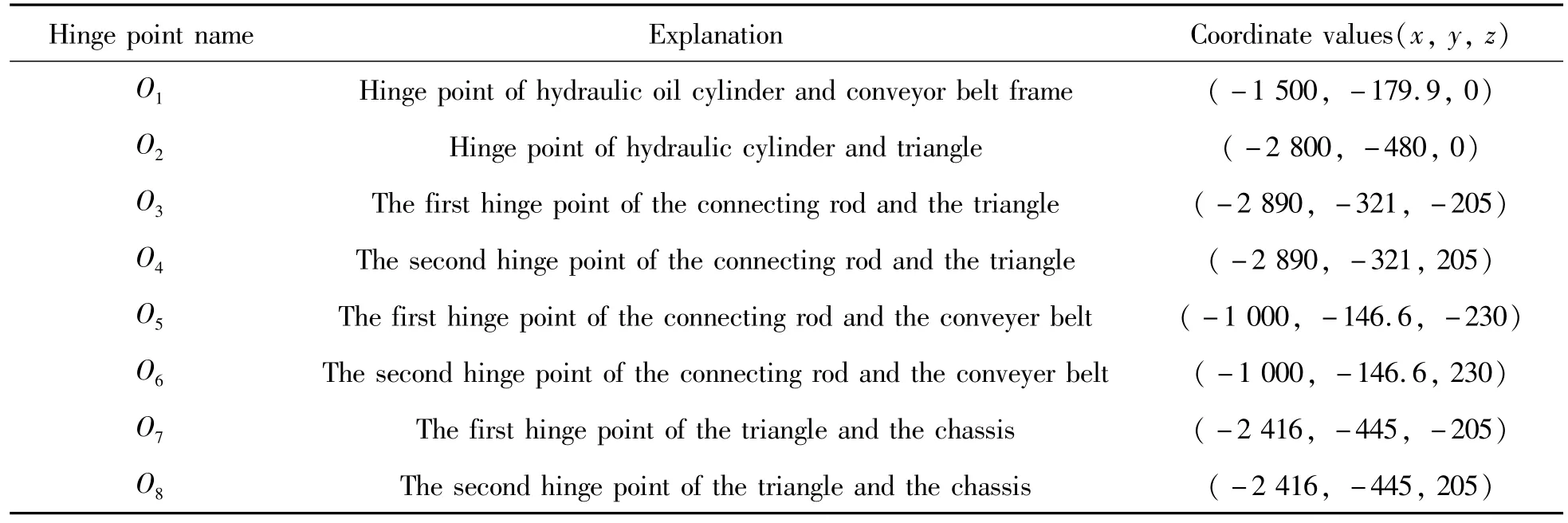
Tab Ie 1 Descrip tion of front Iifting hinge point and initia Iposition coordinates
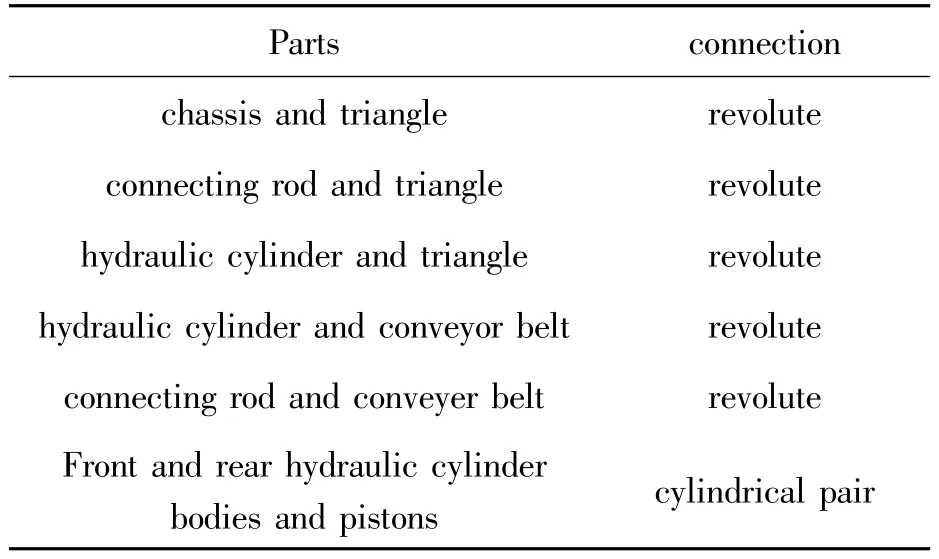
Tab Ie 2 Link re Iation betw een com ponen ts
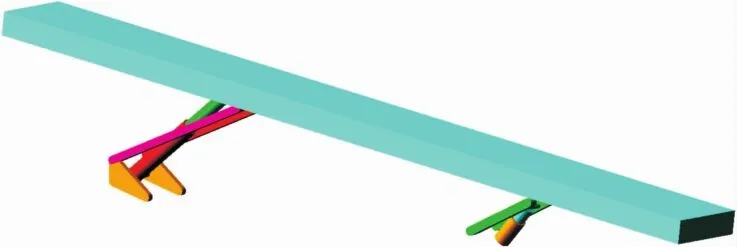
Fig.3 Param etric mode Iof Iifting m echanism
3 Sim u lation op tim ization of lifting mechanism of luggage conveyor
3.1 Simulation of lifting mechanism
Set the mass and material properties of the main components and start the gravity acceleration module tomake the calculation results as close to reality as possible.The research object of this paper is an existing type of airport luggage transport vehicle,which needs to meet the operation requirements of airport special vehicles.According to the civil aviation industry standard,it should be able to bear the uniform load of not less than 135 kg/m in the longitudinal direction.In order to simplify the definition of uniform load,the uniform load block is drawn above the conveyor belt frame tomeet the stress requirements.The operation process of the luggage transport vehicle is completed by the front and rear hydraulic cylinders in cooperation,so the model in this paper is doubledrive,and the front and rear hydraulic cylinderswork at the same time.When the front and rear ends of the conveyor frame reach the working height,the hydraulic cylinders are locked,the conveyor belt drivemotor starts to run,and the conveyor belt starts the cargo transport operation,with the lifting time not exceeding 30 s.According to the above requirements,the lifting functions of the front and rear hydraulic cylinders are defined as:

Through the simulation of the virtualmodel of the liftingmechanism of the luggage transport vehicle,the lifting force output curve of the front hydraulic cylinder running for 30 s under no-load condition is obtained,as shown in Fig.4(a).The curve in the figure shows a slight increase after 17 s,which is caused by the structure of this liftingmethod itself,but there is nomanifestmutation.
By comparing the two stress curves in Fig.4(a)and Fig.4(b),it can be clearly seen that the maximum lifting force of the two liftingmodes is fairly different,themaximum lifting force of the front hydraulic cylinder adopting the oil cylinder float&drawbar assembling liftingmechanism is 29 834 N,which is 21.3%lower than that of the traditional direct push type liftingmechanism 36 754 N,and the lifting force reduction effect is evident.
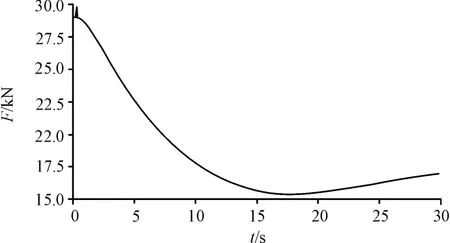
Fig.4(a)Thrust curve of front hyd rau Iic cy Iinder of new Iifting m echanism
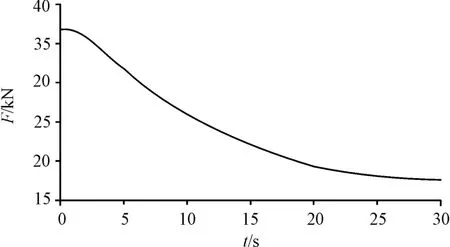
Fig.4(b)Thrust curve of front hyd rau Iic cy Iinder of traditiona IIifting m echanism
3.2 Optimization of lifting mechanism
The optimization analysis defines variables according to the parameterized dimensions of themechanical structure through design research,experimental research and optimization calculation,establishes an objective function according to the design requirements of themechanical structure,analyzes the degree of influence of variables on the performance indexes of the prototype,thus obtaining which parameters are more important to the performance indexes of the prototype,and determines the design variable value that enables the system performance indexes to reach the optimum[6].
In order to be more conducive to the optimization analysis,the name of each hinge point is marked in the front lifting structure diagram,as shown in Fig.5.It can be seen from the above figure thatO1,O2,O3,O4,O5are themain layout parameters of the front liftingmechanism of the luggage transfer vehicle.When the horizontal and vertical coordinates of each hinge point are changed,the size of the tie rod and the lifting structure will also change.Therefore,the essence of this optimization is to obtain the best layout scheme.Because the lifting force of the hydraulic cylinder is not affected by the y-axis direction,itwill only change the lateral stability of the luggage transport vehicle.When the optimization target is the hydraulic cylinder thrust,the y-axis direction will notbe considered.PointO4is related to the layout of thewhole vehicle and cannot be used as a design variable.The design variables optimized this time are determined asO1(x,z),O2(x,z),O3(x,z),O4(x,z),O5(x,z).In order tomeet the working performance requirements and structural characteristics of the luggage transport vehicle,the performance constraints,boundary constraints and geometric constraints are taken as the constraints for this optimization design after comprehensive consideration.The performance constraint refers to the maximum lifting angle constraint of the conveyor belt frame.The industry standard of the Civil Aviation Administration on luggage transport vehicles stipulates that themaximum lifting angle is 24 during operation.Geometric constraints are mainly proposed for triangular arms,i.e.the triangular geometric relationship is satisfied,and the shape of the triangular arms cannot be changed before and after optimization;Boundary constraints mainly require the articulated point coordinates of the liftingmechanism tomeet the upper and lower limit requirements,namely:

Xjmin,Xjmax,Zjmin,Zjmax:Upper and lower limits of coordinates

Fig.5 Schem atic diagram of front Iifting
According to the previous simulation analysis of the lifting mechanism model,it is found that the lifting force in the initial stage is relatively large.In order to reduce the working pressure of the hydraulic system and realize the economic selection of the oil cylinder,themaximum thrust of the oil cylinder isminimized as the sub-optimization target.
After applying a longitudinal load of135 kg/m,the lifting mechanism is optimized with the objective of minimizing themaximum lifting force of the lifting cylinder,and the optimal position of the hydraulic cylinder hinge point is obtained[7].Based on the optimi-zation analysismodule of ADAMS,the objective is optimized with a single variable DV_1_X(the coordinate of the hydraulic cylinder and conveyor frame hinge point X direction).The variable changes within the range of(-1 600,-1 400),which can meet the working requirements of the transfer vehicle.The change of the lifting force of the front hydraulic cylinder when DV_1_X is different is shown in Fig.6.When the value of DV_1_X is-1600,the maximum lifting force of the front hydraulic cylinder is the smallest,which is 54 970 N,a decrease of 5.7%.
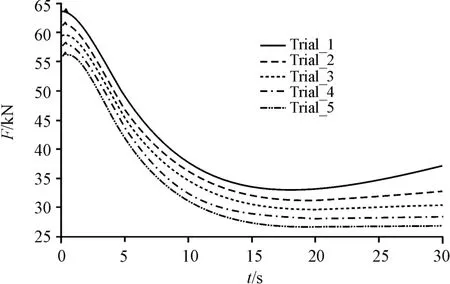
Fig.6 Thrust curve of front hyd rau Iic cy Iinder w ith differen t va Iues of DV_1_X
According to the samemethod,the parameters of 8 of the 6 hinge points of the front lifting partof the luggage transfer vehicle(4 hinge points have the samexandzcoordinate values,so the parameters are optimized rarely once)are used as design variables for optimization analysis one by one to obtain the optimized values of each design variable,the optimized results of each hinge point parameter are shown in Table 3.
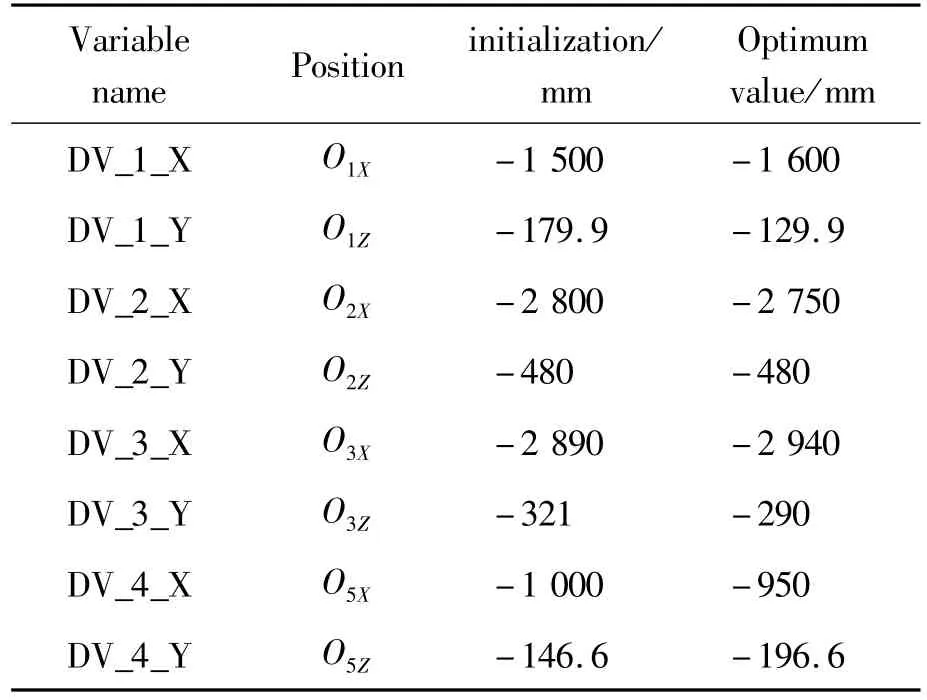
Tab Ie 3 Parameter op tim ization resu Its of each hinge point
After optimizing all design variables,the final hydraulic cylinder thrust output curve is shown in Fig.7,by comparing the two thrust curves before and after optimization,it can be clearly seen that themaximum thrust of the front hydraulic cylinder is decreased from 58 317 N to 41 905 N,a decrease of 28.1%.After optimization,the slope of the thrust output curve decreases obviously compared with that before optimization,the curve trend is gentle,and the thrust increase amplitude at the later stage of lifting is greatly reduced and basically tends to be gentle,which is of great significance for improving the stability of vehicles and prolonging the service life of hydraulic systems[8].
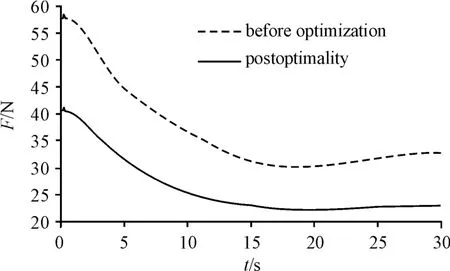
Fig.7 Optim ization of hyd rau Iic cy Iinder thrust curves before and after
4 Conclusions
In this paper,the front liftingmechanism of the airport luggage transport vehicle is changed from the traditional direct push type to the oil cylinder float&drawbar assembling lifting mechanism.The maximum lifting force is reduced by 21.3%after the new lifting form is adopted.At the same time,the parametric modeling and simulation optimization function of ADAMS software are used to carry out optimization analysis on the newly designed lifting mechanism.The minimum maximum lifting force of the former hydraulic cylinder is taken as the optimization objective.By optimizing the position of the hinge point,the maximum lifting force of the front hydraulic cylinder is reduced by 28.1%,and the optimized thrust curve is obviously improved compared with that before optimization.The optimization effect is obvious and can provide a reference for actual optimization design.
- 机床与液压的其它文章
- Study on Face detection method based on lightweight convolutional neural network
- Application of genetic optim ization lvq neural network in equipment fault diagnosis system
- Research on sliding mode control of manipulator based on RBF neural network optim ized by bionic swarm intelligence
- Research on bearing fault diagnosis technology based on deep convolution neural network
- Research on the application of improved machine learning collaborative recommendation algorithm in intelligent control
- Design of liquid filling machine positioning system based on RBFneural network activedisturbance rejection controller

